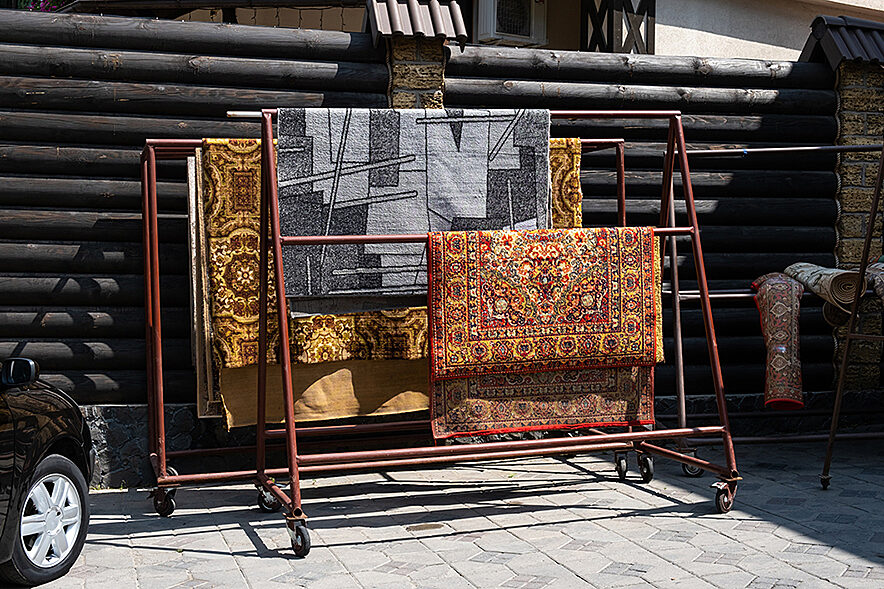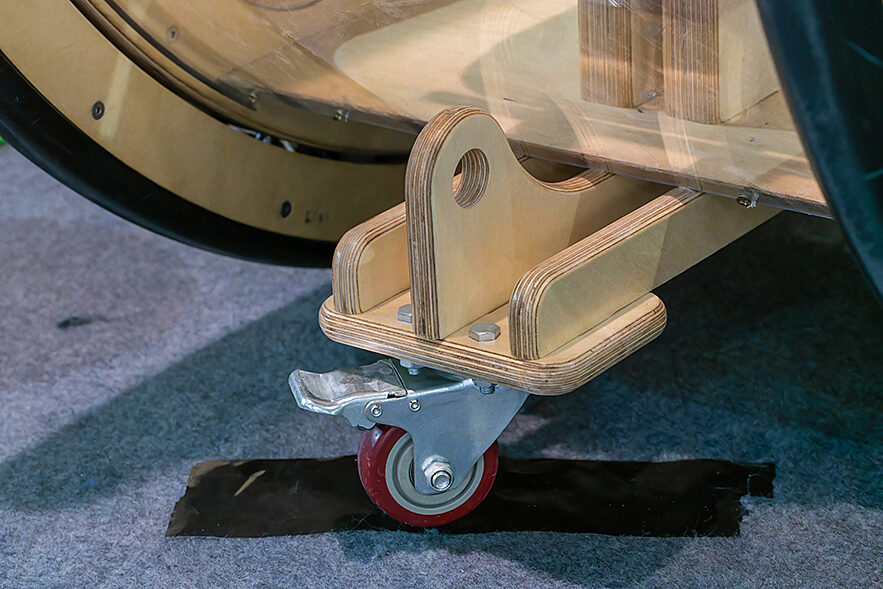The Ultimate Guide to Mobility Solutions for Furniture Manufacturing

In the competitive world of furniture manufacturing, efficiency and precision are key to meeting production goals and maintaining high standards for quality. Carts and mobile workstations play a vital role in streamlining workflows, protecting delicate materials, and enhancing workplace safety. Choosing the right solutions is crucial to optimizing your manufacturing and assembly processes.
This guide will explore the essential features of upholstery and finishing carts, as well as mobile workstations, to help furniture manufacturers make informed decisions that boost productivity and protect their investment.

Why Mobility Matters in Furniture Manufacturing
Furniture production requires proper handling of materials, tools, and components throughout the facility. Whether it’s transporting delicate upholstery or supporting heavy-duty assembly work, mobility solutions—like specialized carts and workstations—are essential to:

Preventing Damage
Safeguarding sensitive finishes and fabrics .

Maintaining Productivity
Enhancing workflow efficiency in tight or high-traffic areas.
By choosing the right carts and mobile workstations, manufacturers can reduce downtime, avoid costly damage, and improve overall productivity.
Features to Look for in Upholstery and Finishing Carts and Dollies

1. Protection for Sensitive Finishes and Fabrics
Protecting delicate materials is a top priority in furniture manufacturing. Your upholstery roll trolleys and finishing carts should be equipped with non-marking casters to prevent scratches and scuffs on floors and finishes. They should also be lined with padded surfaces to prevent damage during transport and made from corrosion-resistant materials like galvanized steel.
Tip: Consider carts with soft rubber wheels or polyurethane treads, which are ideal for handling fragile items safely.

2. Weight Capacity and Stability
Your carts should be sturdy enough to handle both lightweight upholstery and heavy furniture components. Be sure they have weight ratings that align with your production needs in order to ensure you don't overload the cart and damage equipment. Material handling carts for furniture manufacturers can be fitted with light-duty, medium-duty, or heavy-duty casters for any application.
Additionally, if your flooring is uneven or your facility is limited on space, you may want to consider brake systems for your carts. Caster Connection offers central locking brake systems for carts, as well as casters with built-in brakes to keep your equipment from rolling away.
Tip: Configure your carts with a combination of rigid and swivel casters. The rigid casters stabilize the cart and prevent unwanted directional change, while the swivel casters allow for turning, when necessary.

Considerations for Mobile Workstations in Furniture Facilities

1. Durability and Load-Bearing Strength
Mobile workstations should be built to handle the demands of furniture manufacturing. Opt for caster wheels rated for heavy loads, like CC Apex casters. The high-quality polyurethane tread balances strength and durability with ergonomics and floor protection. Also, make sure your the mobile workstation's frame was constructed from a sturdy material like reinforced steel and has been powder coated to prevent damage.
Tip: Regularly inspect your casters for wear and tear to avoid unexpected downtime.








